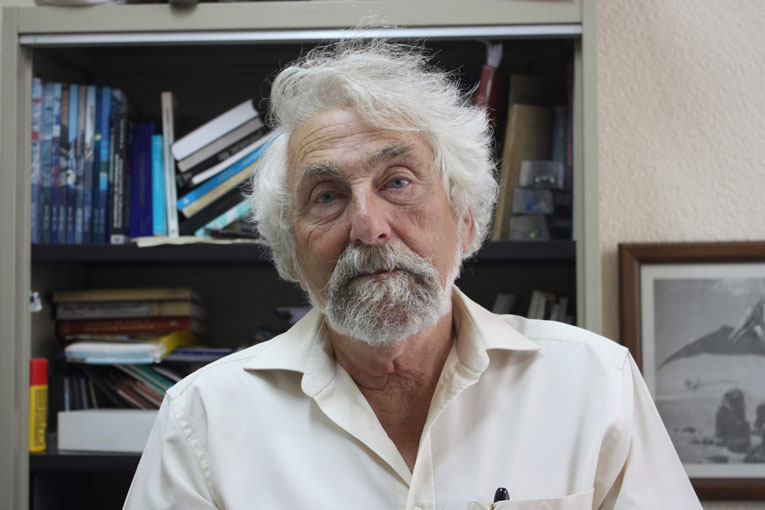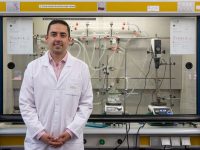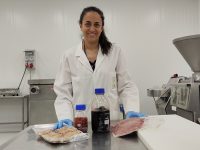
 Lucía Sapiña Lucía Sapiña |
||
|
An iguanodon, a cetiosaurus, pteranodons… the old prints decorating Juan Manuel Usera’s office would be a delight for any kid. He is Full Professor of Palaeontology at the University of Valencia. There are stacks of papers everywhere, however, and they are a good example of the volume of work carried out from this reduced space in the department of Geology. This year, the specialist in foraminifera was in charge of the course opening of the University of Valencia with the master class «Palaeontology, Quo Vadis». Why did you choose the future of palaeontology as the topic for your conference? And what can we glimpse of that future, in this moment of recession? And do you need more resources for that kind of research? Then is the work of a palaeontologist today more lab work than backpack and mountain? When one thinks of palaeontology, it is easy to think of the great fossils of dinosaurs. You, however, are specialist in foraminifera, which are diminutive organisms. What peaked your interest for such small fossils? I have to recognize that I googled for images of foraminifera and was surprise by their beauty. |
 Lucía Sapiña Lucía Sapiña |
|
 Lucía Sapiña Lucía Sapiña |
«Labs were created all over the world and all of us worked there, in the oil industry» |
|
|
|
||
 Lucía Sapiña Lucía Sapiña |
«The micropalaeontology is back into fashion because all the deposits from the continental shelf that are easy to extract are almost depleted» |
|
|
Lucía Sapiña. The Two Cultures Observatory. Mètode journal, University of Valencia. |
||





